Welcome to the Research and Strategy Services at in today's fast-paced.

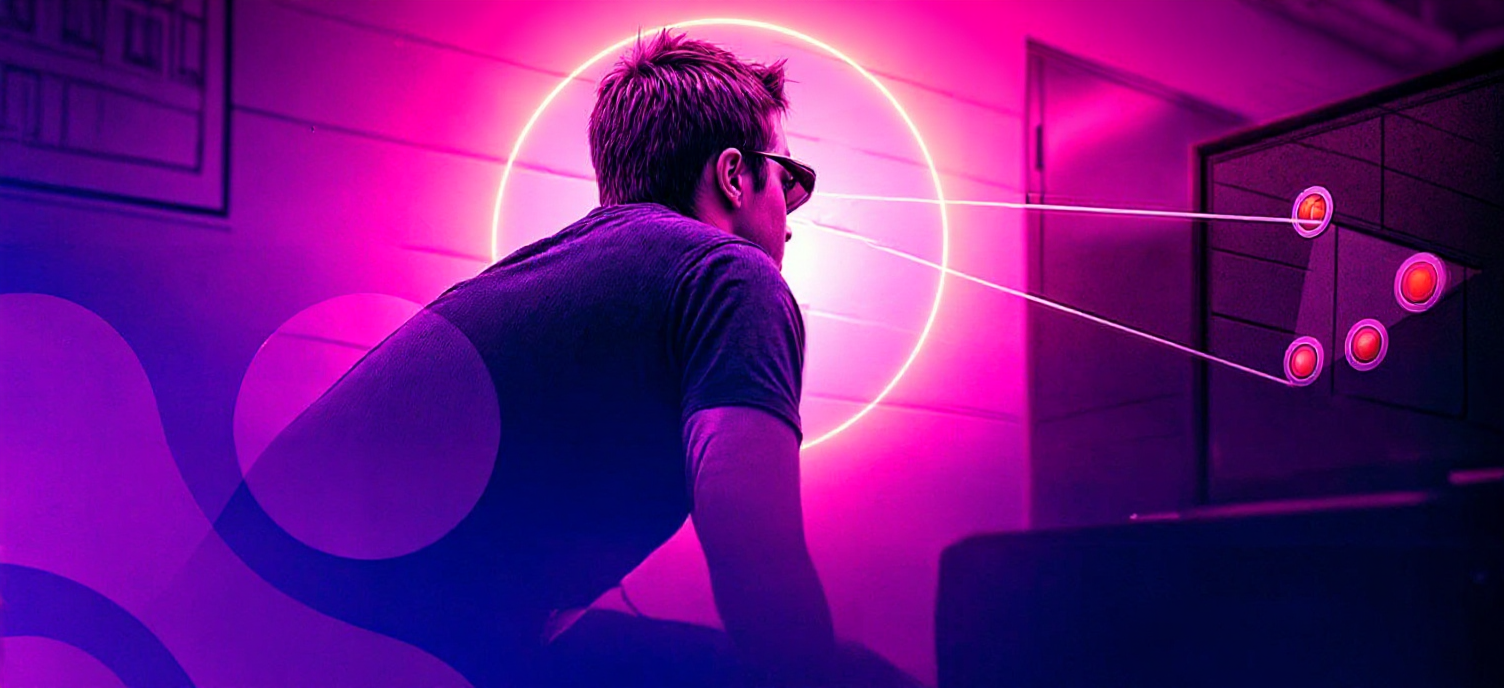
In today’s fast-paced, distraction-filled world, the ability to focus, think quickly, and make accurate decisions is a competitive advantage in almost any area of life. That’s why elite athletes, military special forces, medical professionals, educators, and wellness practitioners around the world use NeuroTracker to elevate mental performance.
What makes NeuroTracker stand out is its scientific credibility—with over 120 independent peer-reviewed studies validating its effectiveness across sports, rehabilitation, academic, and wellness domains. Whether you’re looking to gain an edge in competition, recover from an injury, or simply keep your mind sharp, NeuroTracker is built on robust science methodology.

NeuroTracker’s task is performed in true 3D stereo, which is essential for creating the realistic depth and spatial relationships your brain encounters in the real world. Depth perception significantly increases the cognitive load, forcing your visual and attentional systems to work harder to track multiple moving objects across varying distances.
To make this possible on any standard display, NeuroTracker uses customized 3D anaglyph glasses. These glasses instantly convert a regular 2D screen into a stereoscopic 3D environment—meaning you can train with rich depth cues without the need for expensive VR headsets or specialized monitors.
This combination of 3D realism and wide accessibility is one of the reasons NeuroTracker can deliver such powerful and transferable cognitive gains.
At the heart of NeuroTracker is a deceptively simple, yet deeply challenging task: tracking multiple moving targets in a 3D environment.
Here’s how it works:
This exercise, known in neuroscience as 3D Multiple Object Tracking (3D-MOT), forces your brain to allocate attention across multiple moving objects while maintaining awareness of their positions in space. This stimulates and enhances high-level cognitive functions such as:
NeuroTracker adjusts its difficulty level automatically using a scientifically developed adaptive algorithm. The speed of the moving objects changes based on your performance—slowing down if you make errors, speeding up when you succeed. Within around 60 seconds of training this will push each user close to their limits.
This adaptive approach ensures you’re always training at the edge of your ability—where learning is fastest and most effective. It’s the same principle elite coaches use in physical training: just enough challenge to stretch your limits without overwhelming you. In addition it allows NeuroTracker to calculate a scientific measure of cognitive performance that relates strongly to real-world performance.
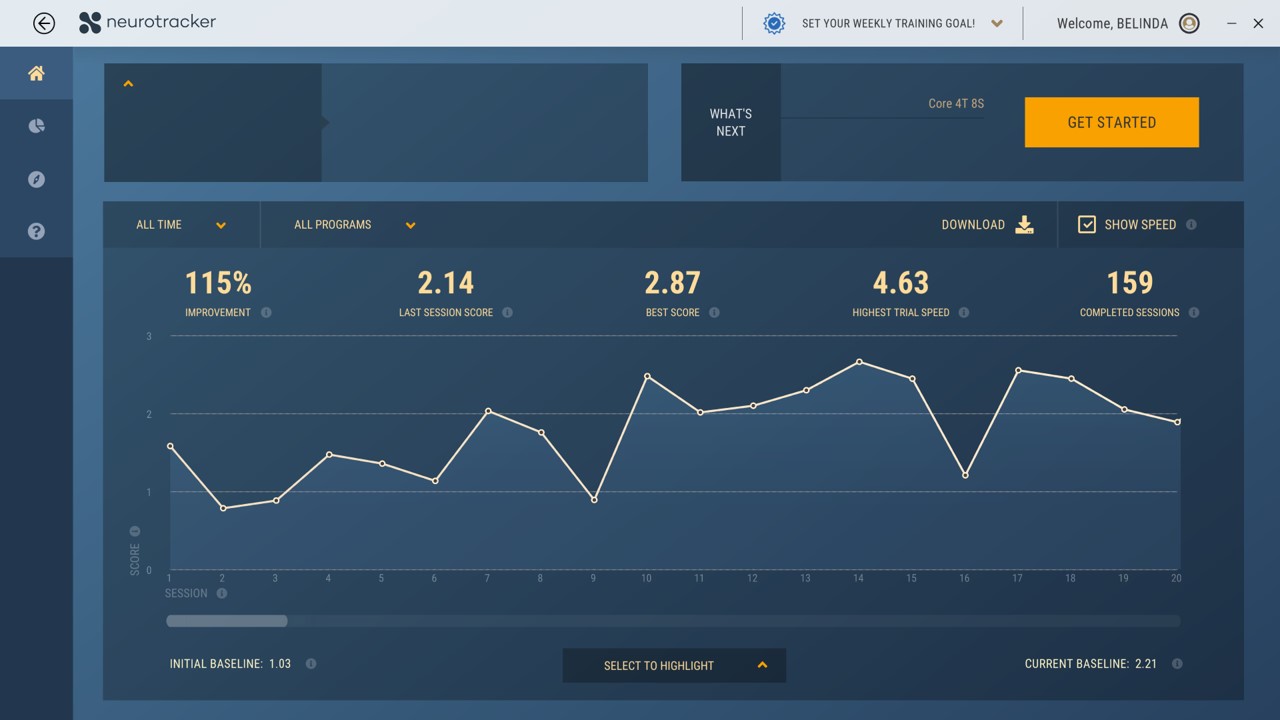
Every session produces a speed threshold score—the maximum speed at which you can correctly track all your targets about 50% of the time.
This score is:
Over the first few sessions, a baseline is established. From there, you can track improvements in speed, consistency, and overall mental stamina.
Most users notice significant gains within the first 15–30 sessions, with early improvements often being the steepest. Yet research shows that benefits continue to accumulate with long-term training.
For high-performance users—like pro athletes and pilots—training can extend into hundreds of sessions, with dual-tasking used to push cognitive abilities to new levels.

Dual-task examples include:
By combining the NeuroTracker challenge with these tasks, users can simulate the split-attention demands of real performance environments.
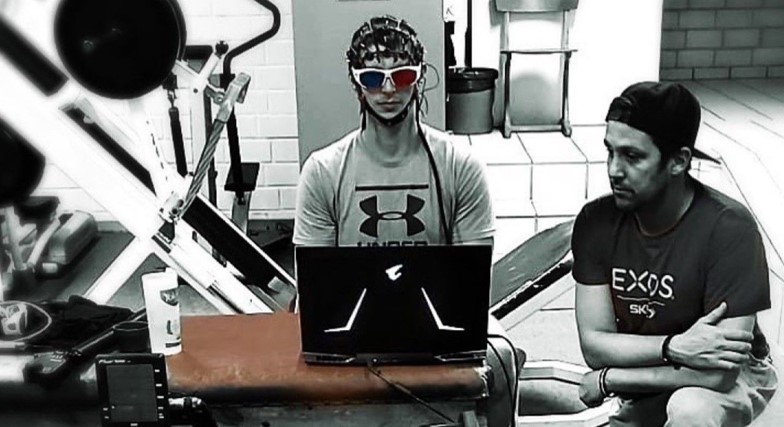
NeuroTracker doesn’t just train “eye skills.” The task is specifically designed to recruit and strengthen networks across the brain, especially in the frontal and parietal lobes—regions responsible for:
This is why benefits are seen across such diverse domains—from a striker’s split-second shot selection to a driver’s hazard detection on the road, to a student’s ability to concentrate in class.
qEEG research studies also demonstrate that training sustainably enhances brain wave frequencies, widely increasing the speed and efficiency of brain processes.
Because the training targets core cognitive capacities, the gains transfer beyond the screen. Studies show NeuroTracker improves:
Fast rising star Takuma Koga shares here how NeuroTracker training turbo charged his 2025 NASCAR season with record breaking results.
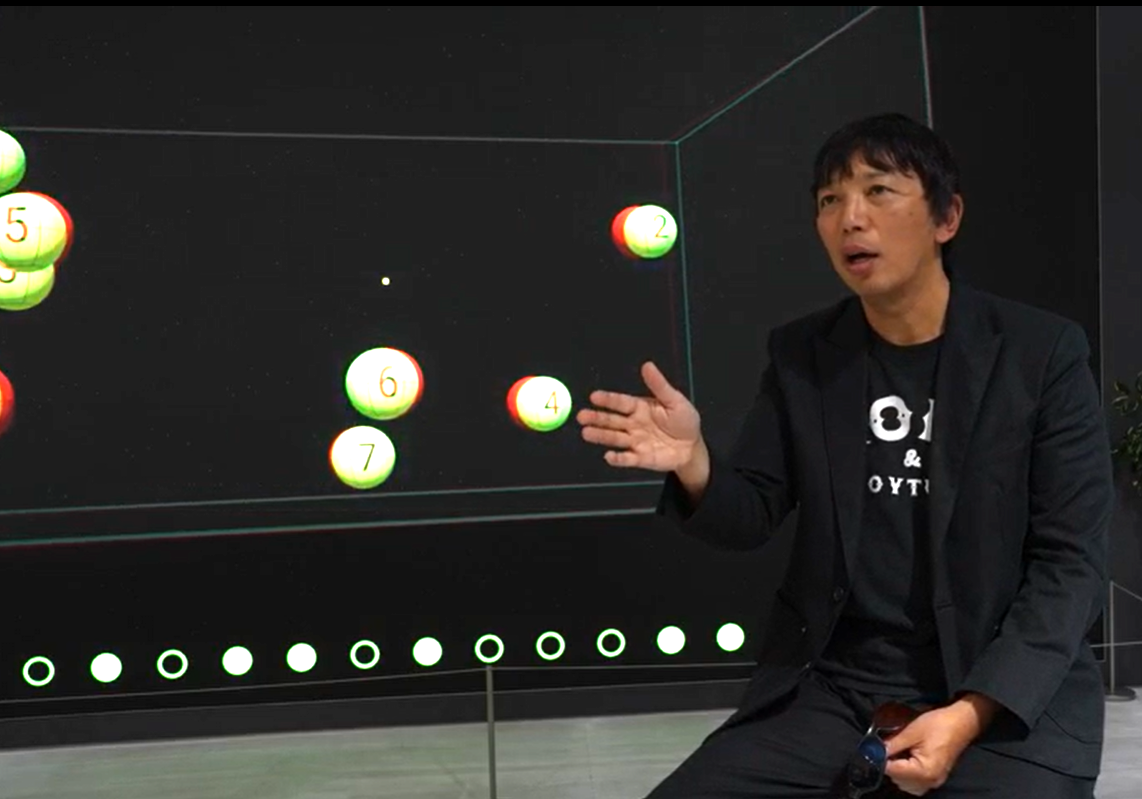
Whether you’re an athlete striving for a competitive edge, a professional seeking sharper focus, or someone who simply wants to keep their mind in peak condition, NeuroTracker offers a scientifically backed way to enhance your cognitive performance.
In just six minutes a day, you can challenge your brain to think faster, focus deeper, and perform better—no matter your starting point.
Your mind is trainable. NeuroTracker shows you how.
If you are already an avid NeuroTracker user and would like to take a deep dive into NeuroTracker know-how, check out our free Master Class.
Previously only accessed by elite performers such as sport pros, military special forces, top guns and F1 drivers, our NeuroTrackerX platform allows anyone to access this tool from the comfort of their own home.
If you are new to NeuroTracker and curious to try it out free or looking for a great way to boost your overall wellness, then checkout our new Human 66 Project!
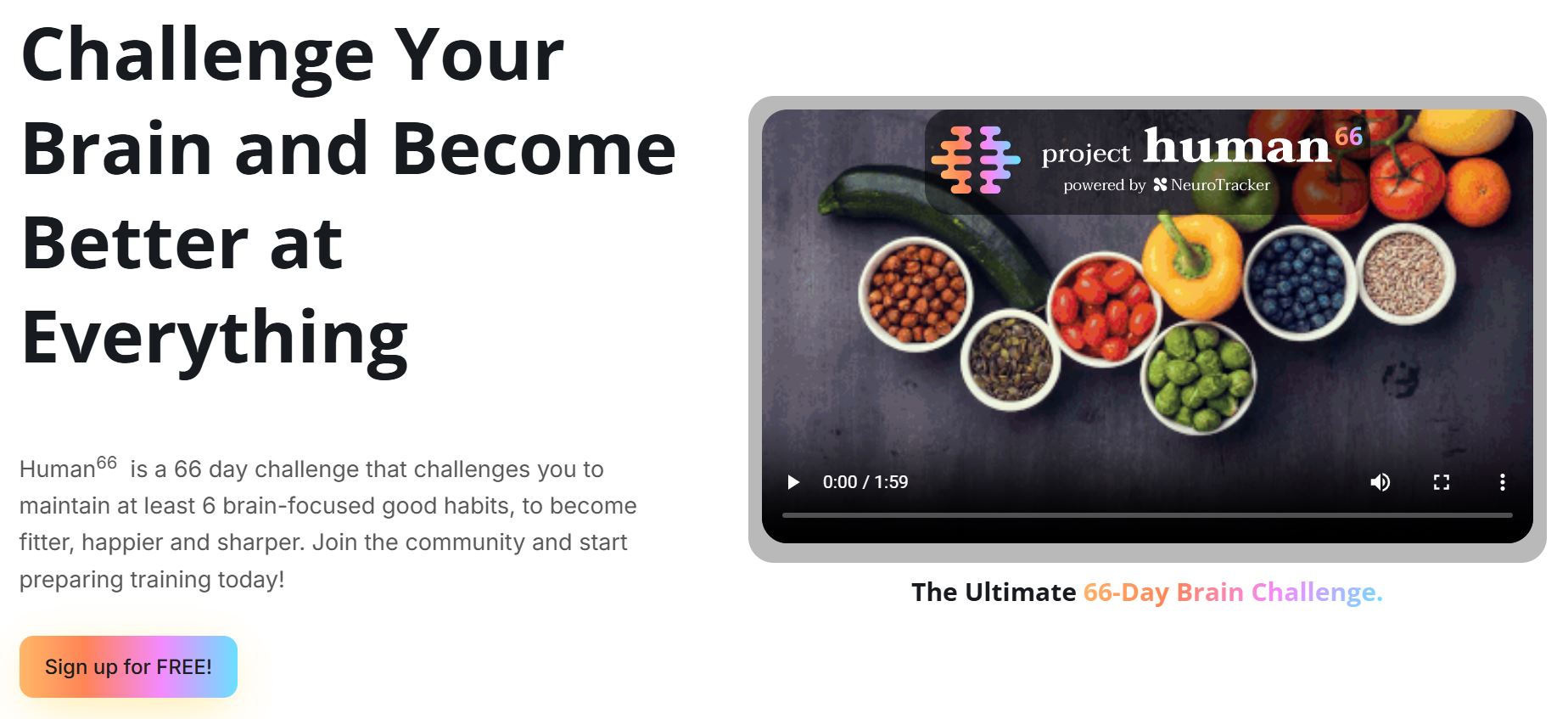

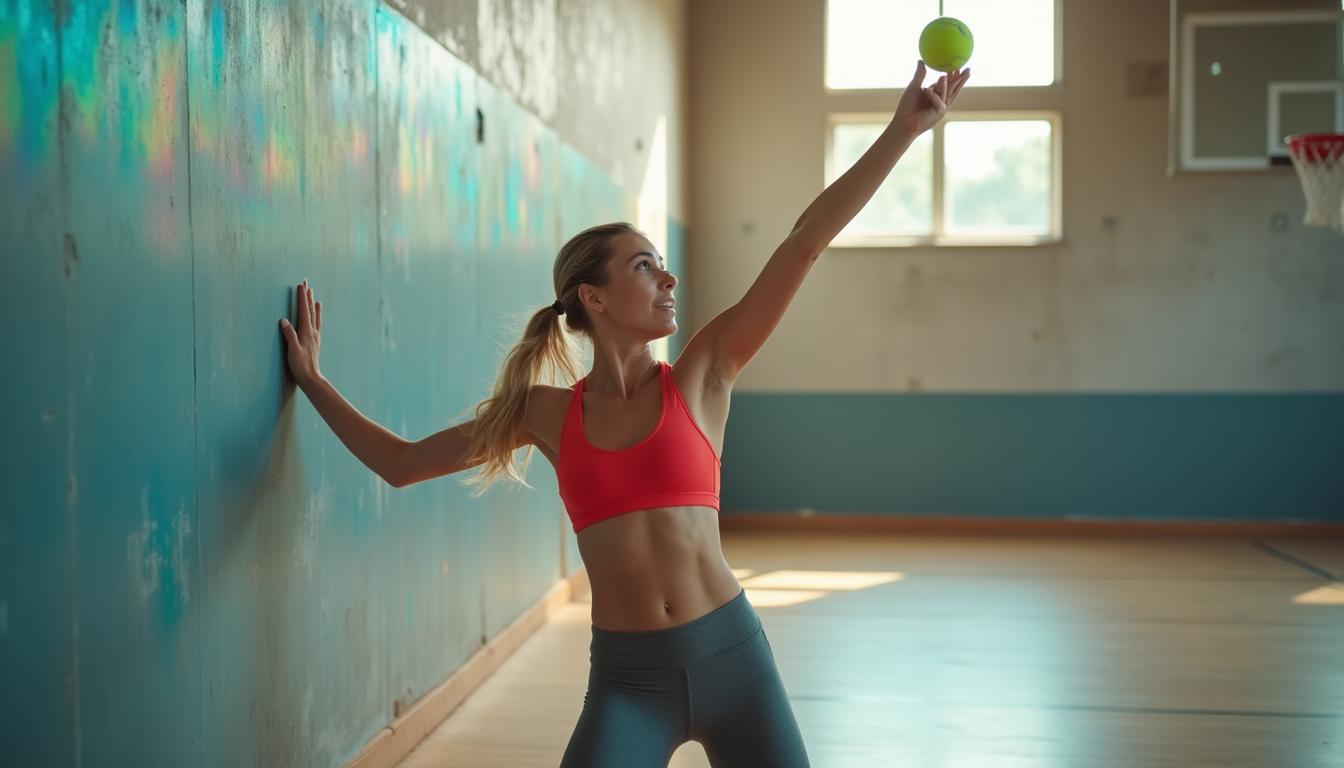




Welcome to the Research and Strategy Services at in today's fast-paced.

Check out our how-to guide for navigating NeuroTracker's data driven window into the brain.

Check out rare research on the far transfer effects of cognitive training to pro sports performance.

Discover neuroscience findings on the influence of sports on high-level cognition.
.png)